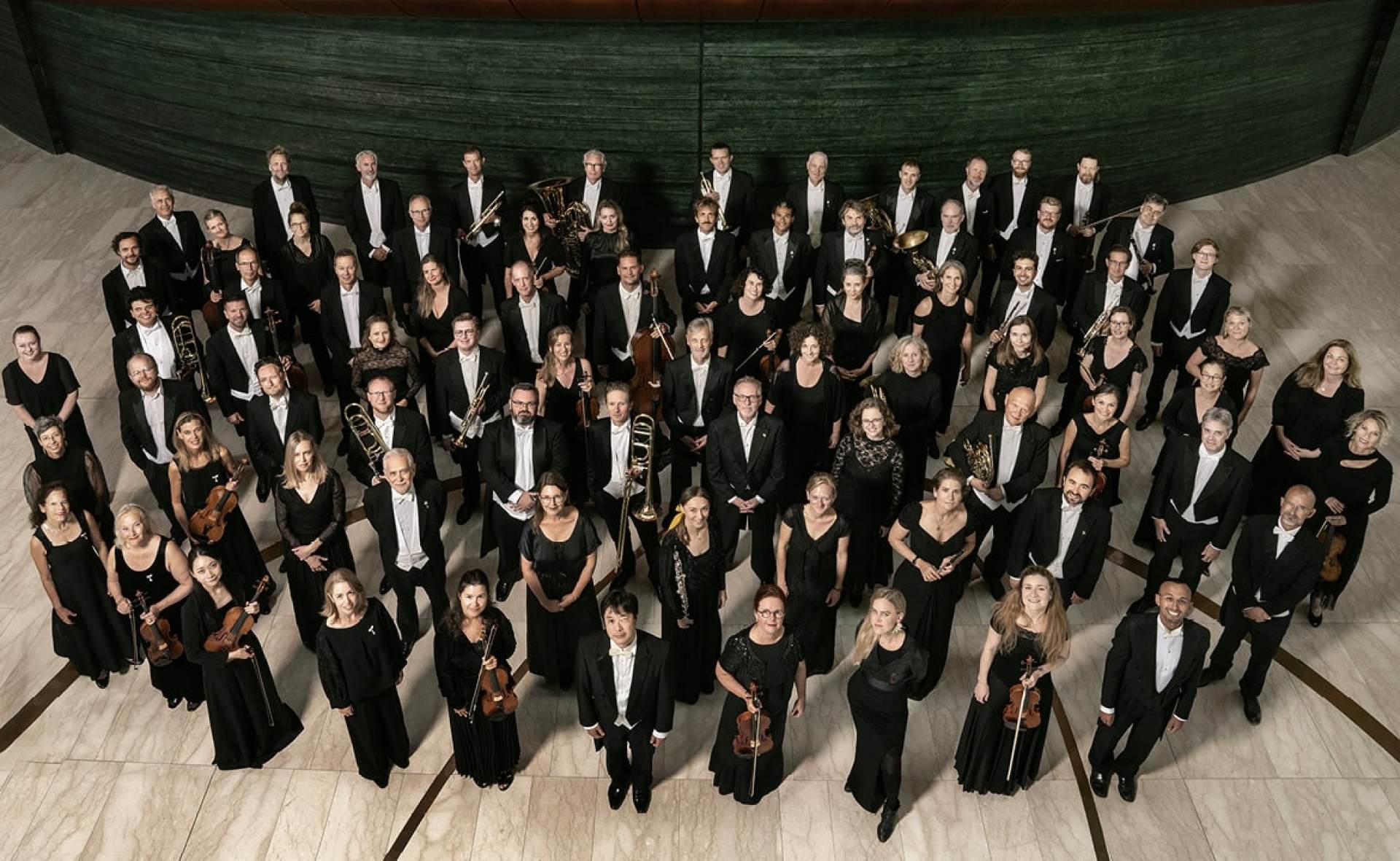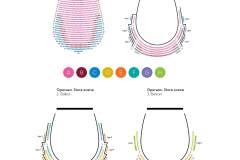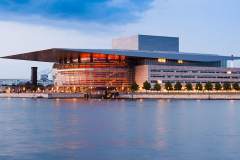Mozarts Great Mass in C Minor, Concert
Mo | Tu | We | Th | Fr | Sa | Su |
Marie Jacquot conducts Mozart's unfinished masterpiece.
Marie Jacquot conducts Mozart's unfinished masterpiece. The opera's soloists will share the stage with the Royal Danish Orchestra and the Royal Danish Opera Chorus in Mozart's Great Mass in C minor. Also performed is the award-winning composer Signe Lykke's new work for trombone dedicated to Jesper Busk Sørensen.
In 1781, Mozart left Salzburg for Vienna – escaping from the oppressive oversight of his father and the archbishop. Here, Mozart secretly married Constanze without his father's blessing. Perhaps to appease his disgruntled father, the composer wrote in his letters that he and Constanze were attending church regularly and that he had begun a sacred musical work. This was the Great Mass in C minor. Like his Requiem, the Mass remained one of Mozart's unfinished masterpieces.
Principal conductor Marie Jacquot directs this symphonic season’s finale, beginning with the world premiere of an entirely new work.
"With a focus on the trombone's more lyrical and gentle side, the music moves in and out of a shimmering, pixelated sea of tones, meditative slow passages and detuned pulsating sounds reminiscent of the sound from an old pump organ," says composer Signe Lykke about her new work. In 2009, Jesper Busk Sørensen became just the fourth Dane in the 130-year history of the Berlin Philharmonic to join the orchestra, filling a position in the trombone section that had been vacant for 8 years.
Program and cast
Expected duration: 1 hours and 45 minutes incl. 1 interval
Conductor: Marie Jacquot
Soprano: Dénise Beck
Mezzo-soprano: Elisabeth Jansson
Tenor: Jacob Skov Andersen
Bass: Henning von Schulman
Bassoonist: Jesper Busk Sørensen
The Royal Danish Orchestra
PROGRAMME
W.A. Mozart: Overture to Le nozze di Figaro
Signe Lykke: Trombone Concerto, world premiere
W. A. Mozart: Great Mass in C minor, KV 427
The Copenhagen Opera House
The house is administered by the Royal Danish Theatre and is one of the best-equipped in the world. It has a main stage with five other stages directly connected, where large setups can be moved easily in and out. The theatre can seat between 1492 and 1703, depending on the size of the orchestra. The 1492 seats are all individually angled in order to provide the best experience.
The orchestra pit is one of the largest in any opera house, with room for 110 musicians; the structure provides excellent sound quality for the orchestra. If the pit is filled, some musicians are located just below the front of the stage, which has become controversial among some members of the orchestra (according to tour guides in 2005), because this increases the sound levels, beyond those acceptable in Denmark. However, the overhang is very slight and the authorities have permitted this to happen.
During construction of the theatre, some acoustic tests were carried out with the fire curtain in place while technical work was carried out on stage, but great consideration was given to balance between pit and stage. If the orchestra is small or absent, the pit can be covered and additional seats can be added to the auditorium.
Opera House entrance
Just like the old Royal Danish Theatre in Copenhagen, The Queen has her own box on the left side of the auditorium, closest to the stage. The foyer has been designed for comfort, based on behavioural research on opera goers maximizing the wall area for standing against, while still providing views across the entire foyer and one of the best views on Copenhagen. Guided tours cover most of the building, including both the auditorium and backstage areas.

 EN
EN DE
DE IT
IT FR
FR ES
ES RU
RU JP
JP RO
RO
 Seating plan
Seating plan 
